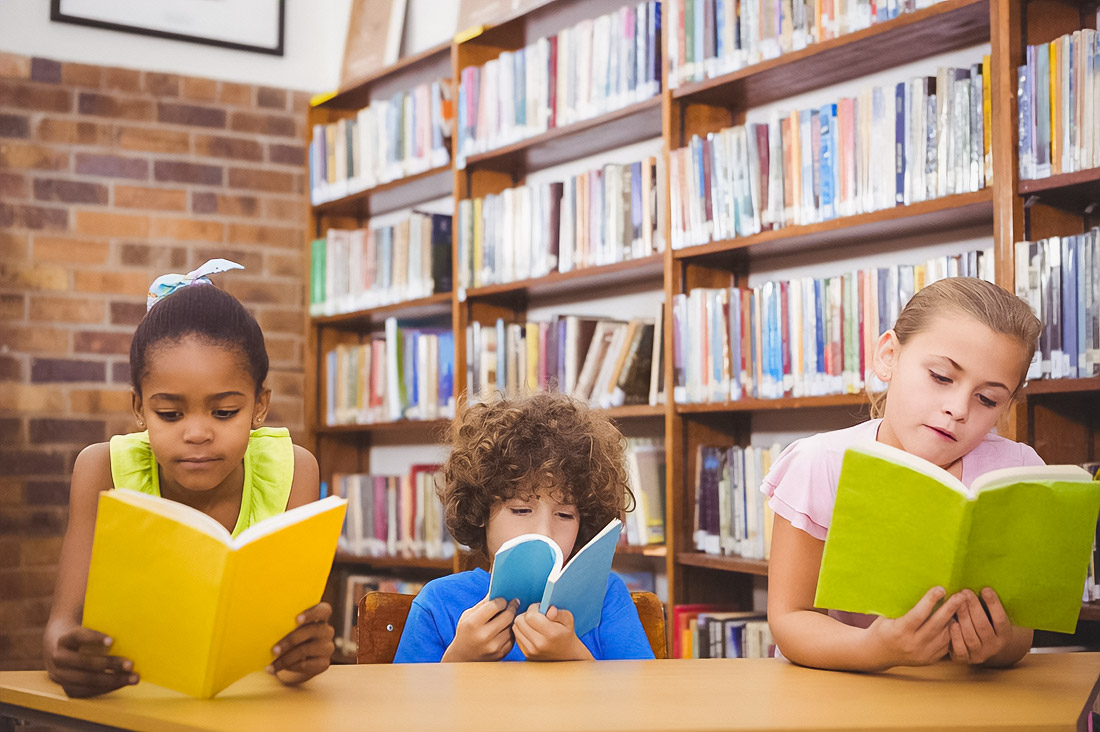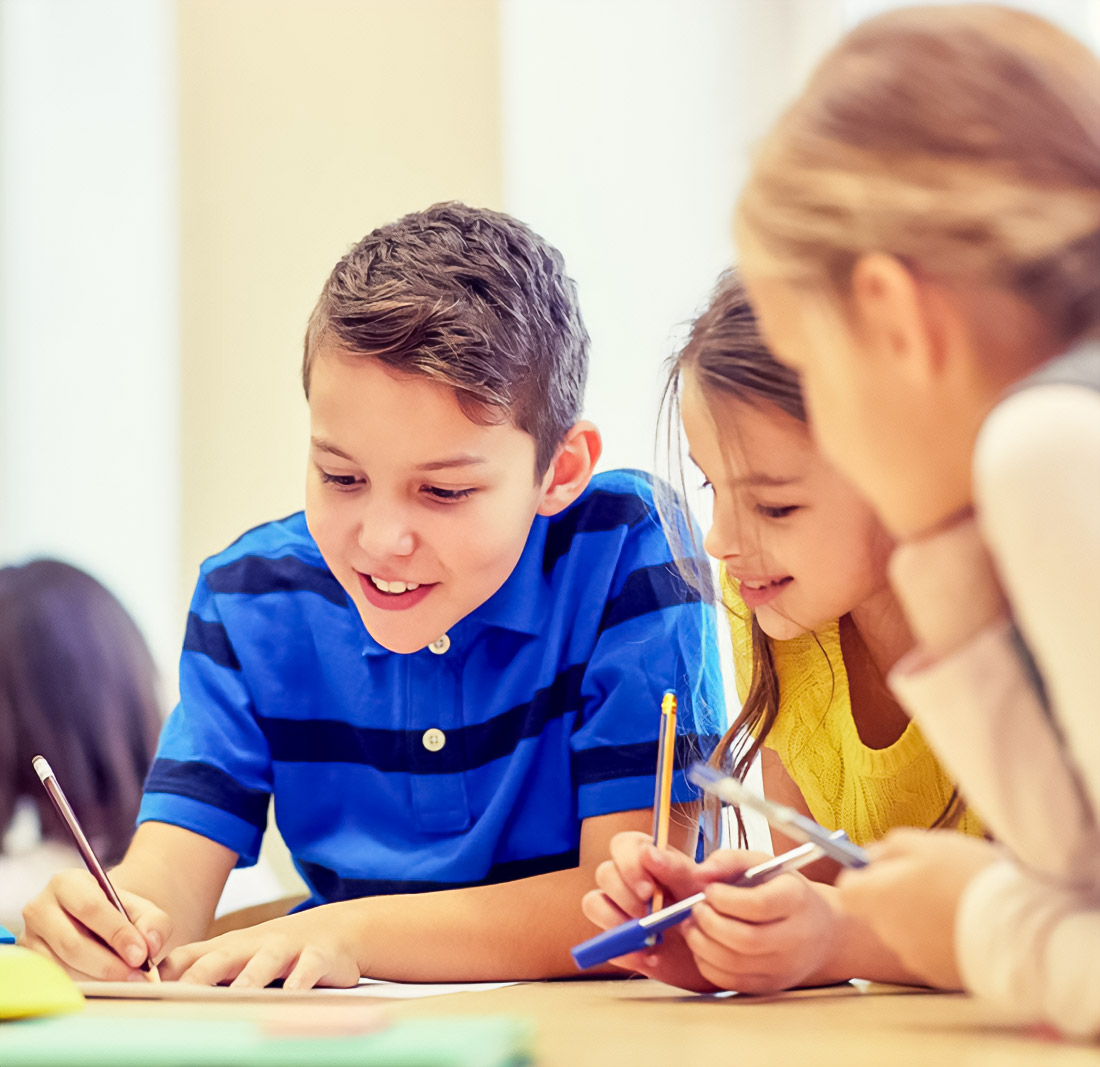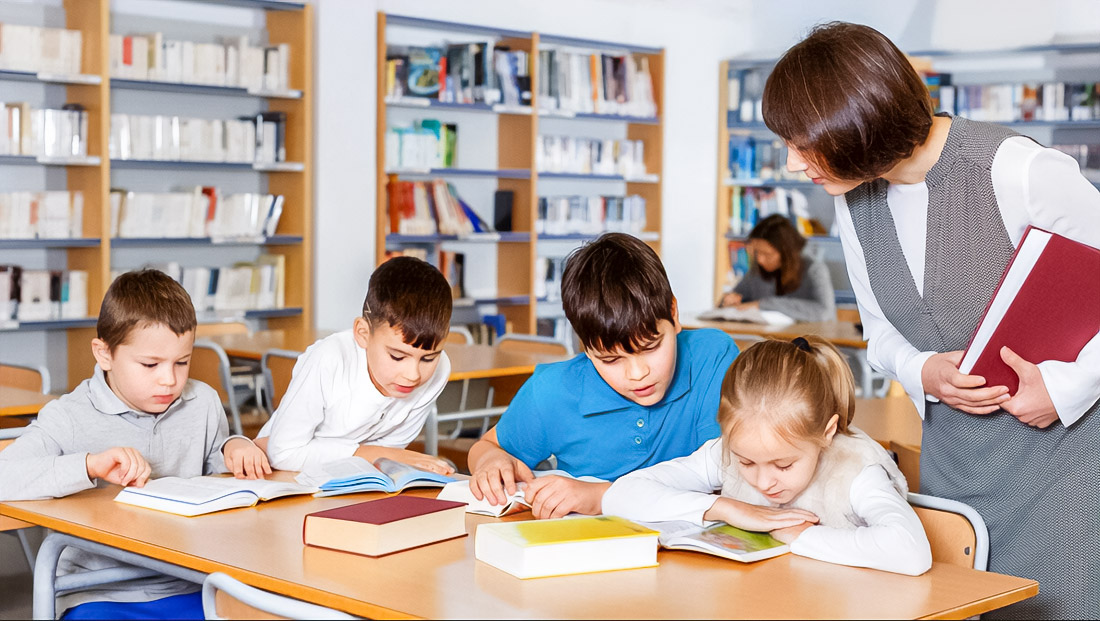Cultural heritage United Arab Emirates (UAE) represents itself as a rich and complex mosaic, in which interwoven Arab, Islamic, and Bedouin elements. Formed over centuries, it represents a unique symbiosis of traditions and historical interaction with external cultures. More than 80% of the population of UAE — are expats who bring their cultural elements, enriching the cultural palette of the country. American curriculum
Page Contents
Cultural Heritage UAE: Symphony of Traditions and Modernity

- Bedouin culture: Includes unique traditions of hospitality, powerful oral poetic traditions, and the art of falconry, which influence world culture.
- Architectural evolution: Combination of modern skyscrapers with traditional buildings, decorated unique Arab calligraphy and ornaments.
Trade Routes: Gates of History and Culture
Historically, the UAE was a strategic center at the crossroads of important trade routes. Such exchange not only stimulated economic development but also contributed to cultural enrichment in the region. In 19 century, for example, Dubai was already known as “Pearl Harbor”, playing an important role in local and international trade.
- Harmony of nationalities: More than 200 nationalities live and work in UAE, making the country an example of multicultural synthesis and tolerance.
Education and Heritage: Inspiring Fusion

- Internationalization: Modern educational programs actively use intercultural elements, including cultural heritage UAE, to enrich the process of learning.
- Creative literature and history: Oral traditions of Bedouins offered a useful tool for the development of skills in critical thinking and analysis in students. Visual art and architecture UAE integrated into courses on art and design, an example of which can become the famous museum Louvre Abu Dhabi.
Academic Strategies: Bridges Between Cultures
For effective integration of cultural heritage UAE in world educational programs required certain strategies. The development of interdisciplinary courses allows students to explore architectural achievements, such as Burj Khalifa, and their influence on modern design.
Burj Khalifa – this one of the strategies create international exchange programs, where students and teachers from UAE and other countries exchange knowledge and experience.
Advantages and Potential for Education

Integration of cultural heritage UAE in educational programs brings many long-term advantages.
- Development global awareness: Students get acquainted with the culture and history of UAE, which helps develop critical thinking and intercultural communication skills.
- Innovative methods: Educational institutions draw inspiration for the creation of innovative methods of teaching, promoting the creation of a more inclusive and diverse educational environment.
Overcoming Barriers on Path to Integration
Some challenges, such as adaptation of teaching materials to different cultural contexts, need strategic solutions. Flexible curricula can be developed with consideration of local features, ensuring the enrichment of the educational process.
Educational institutions can organize training for teachers, ensuring in their hands tools for successful teaching and integration elements of cultural heritage UAE.
Path to Unification: Era of Cultural Understanding
Integration of cultural heritage UAE in educational programs world opens unique opportunities for intercultural exchange and development of global awareness in students. Overcoming existing challenges requires the cooperation of educational institutions, teachers, and cultural experts. This will create a rich educational environment, facilitating respect and understanding, as well as greater unity between peoples, strengthening the foundation for a more diverse and inclusive future.
Intercultural exchange and development of global awareness in students require strategic planning and purposeful efforts. Educational system UAE provides unique opportunities for integration of cultural heritage, which contributes to the development of critical thinking and intercultural skills.
